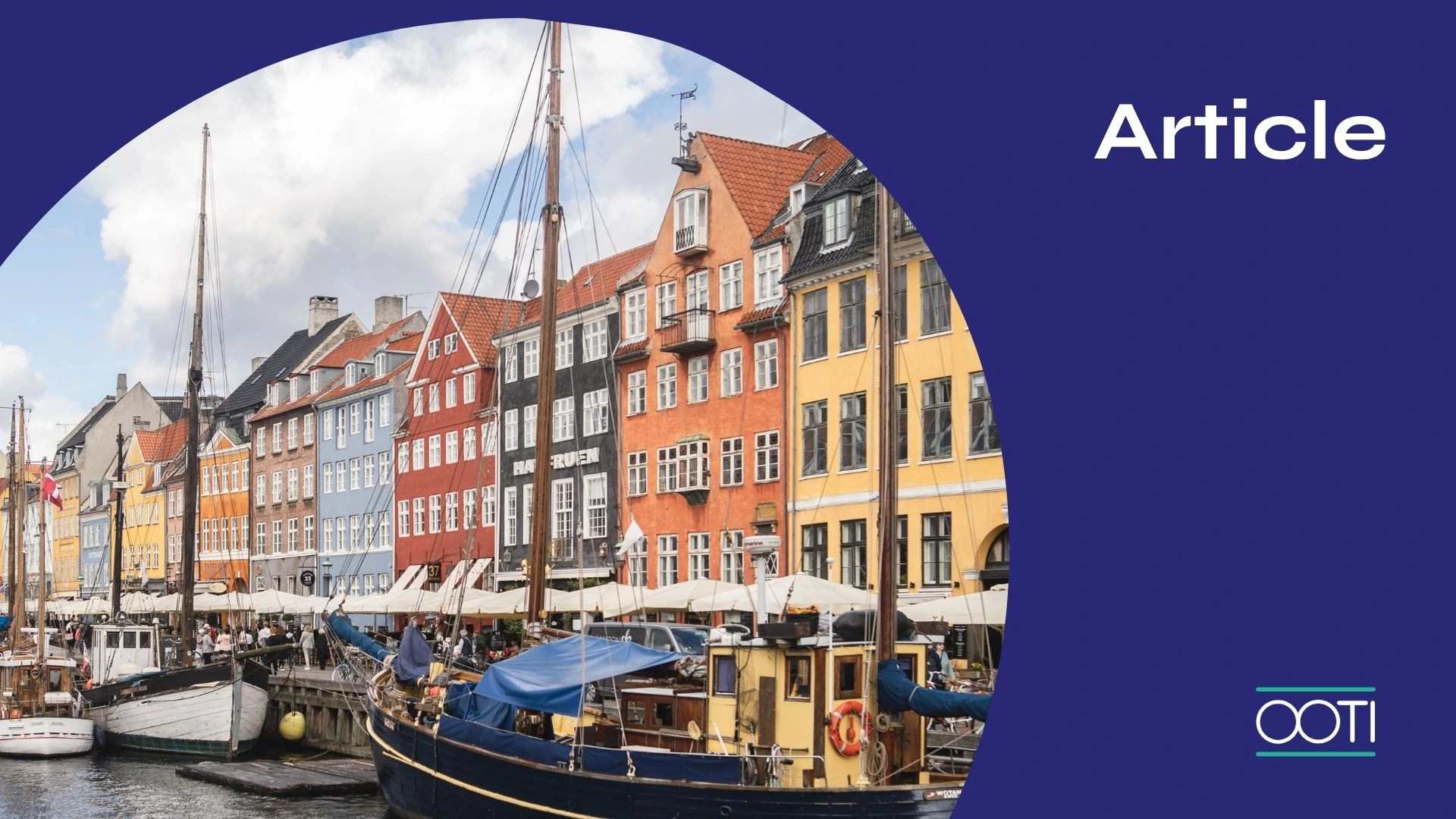
Remarkable contemporary architecture label | Protect, enhance
.png)
More than 1600! That's the number of buildings labeled "Remarkable Contemporary Architecture" to date. This label was created in 2016 by the Ministry of Culture to highlight constructions built after 1900. These buildings are unique due to their designs, technical features, social aspects, or environmental considerations. However, they cannot be classified as Historical Monuments. That's why this label aims to bring them into the spotlight. In this article, OOTI will guide you to rediscover the specifics of this label, the process to obtain it, as well as its numerous advantages and challenges.
What is the "Remarkable Contemporary Architecture" label?
The "Remarkable Contemporary Architecture" label is a recognition established under the law of July 7, 2016, regarding freedom of creation, architecture, and heritage. It succeeded the "20th Century Heritage" label, which no longer exists today. This distinction is granted by the regional prefect, following the recommendation of the Regional Commission for Heritage and Architecture (CRPA). To obtain the label, a building must meet several important criteria:
- It must be recent, meaning less than 100 years old.
- It must stand out with a unique style compared to other buildings.
- It should feature significant technical innovations or advances.
- It must be recognized, with mentions in books or specialized articles.
- It should serve as an example in the context of a public mission, demonstrating its impact in major projects or having symbolic significance related, for example, to an architectural movement.
- It must belong to a group or be the work of a recognized artist, whether locally or nationally.
Please note that this label is accessible at any stage of a building's life, whether it's completed, under construction, or in the project phase. However, this label is not permanent; if the building loses its value or undergoes significant alterations, it may be revoked.
What are the steps to apply for the label?
Do you want to showcase your architectural work by obtaining the "Remarkable Contemporary Architecture" label? Let's explore how to initiate your request.
- Formalizing the Request:
The first step is to submit a written request to the Regional Directorate for Cultural Affairs (DRAC) of the region where the building is located. The owner or any other person (architect, association, local authority, etc.) can submit an application. This request is made using document CERFA n° 15853*01. The application should include:
- The identity, status, and contact details of the applicant.
- The identity of the owner (if different from the applicant).
- A description of the property.
- The property's location.
- A brief presentation of the property and the motivation for the request.
In this last part (presentation), it is important to explain how the property is unique, innovative, experimental, and popular. The argument is crucial to support the request. In addition, it is advisable to provide additional documents such as graphic materials (plans, sections, facades), photographs (interior and/or exterior), and press articles or any other documentation.
- Examination of the Request by the DRAC: Once the application is submitted, the DRAC evaluates it. A request for additional documents may be made within 15 days. If no information is requested within this period, the application is considered complete. However, if the applicant is not the owner, the regional prefect collects their opinion before studying the request.
- Review by the CRPA: Your request is then presented to the Regional Commission for Heritage and Architecture (CRPA).
- Final Decision: The regional prefect holds the ultimate responsibility for awarding the label. You will be notified of their decision, whether positive or negative, within a maximum of six months after receiving the complete application.
What are the advantages and challenges of the label?
Advantages of the Label:
Obtaining the "Remarkable Contemporary Architecture" label is a recognition that offers many benefits:
- Official Recognition: The building is officially recognized for its architectural quality.
- Promotion: The label promotes modern heritage, raising awareness among the public and professionals.
- Protection: The building is safeguarded against alterations that do not comply with its status.
- Tourist Attraction: The building gains visibility and attracts visitors. For example, it can open its doors on days such as the Journées Nationales de l'Architecture (JNA).
- Financial Support: There is the possibility of obtaining funds for restoration or maintenance. However, please note that receiving the label does not guarantee subsidies or tax benefits. Nevertheless, in some cases, support from the Heritage Foundation may be available for renovation work.
Challenges of the Label:
The label also comes with its own set of challenges:
- Preservation: It is necessary to maintain the building in its original state.
- Compliance with Regulations: Owners must adhere to urban planning and safety standards.
- Costs: Restoration and maintenance of the building can be expensive.
- Constant Adaptation: To address future environmental and technological challenges, ongoing adjustments may be required.
Some examples of buildings with the ACR label
We couldn't leave you without giving you a few examples of buildings that have been awarded the ACR label:
- The Cité des Sciences et de l'Industrie (Paris), a modernist building combining glass and metal, designed to arouse curiosity and facilitate interactive exploration of science and technology.
- The blockhouses of Pointe Saint-Gildas (Loire-Atlantique), built mainly during the Second World War as part of the Atlantic Wall by the German forces, historic military structures that bear witness to attempts at coastal defence.
- The Résidence des Rosiers (Marseille), designed by architect Jean Rozan and inaugurated in 1957, features stacked 3- and 4-storey buildings forming an architectural promenade with lifts, wide corridors and staircases.
- The Musée du Quai Branly (Paris), designed by architect Jean Nouvel, with its planted façade and aerial walkways, combining modernity and respect for nature.
- The Bordeaux submarine base, with its huge reinforced concrete blocks reflecting the military function and austerity of the Second World War era.
- The Palais Mary (Nice), designed by architect Kevork Arsenian and built between 1939 and 1941, a massive seven-storey building on a ground floor, located between a cul-de-sac to the north and the Promenade des Anglais to the south.
















.jpg)











.jpg)













